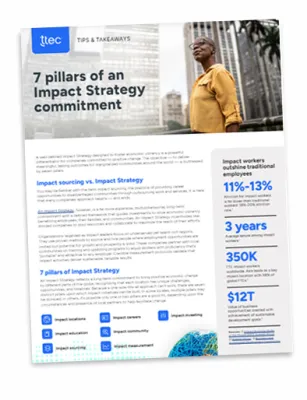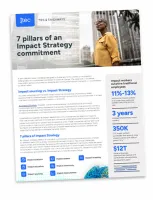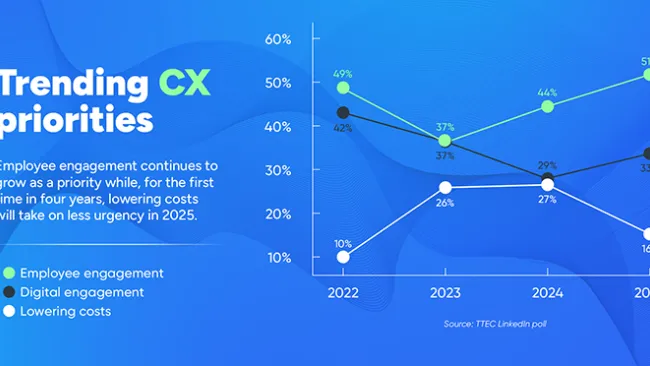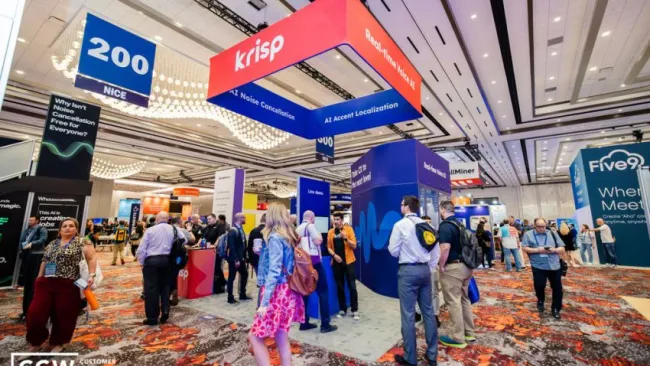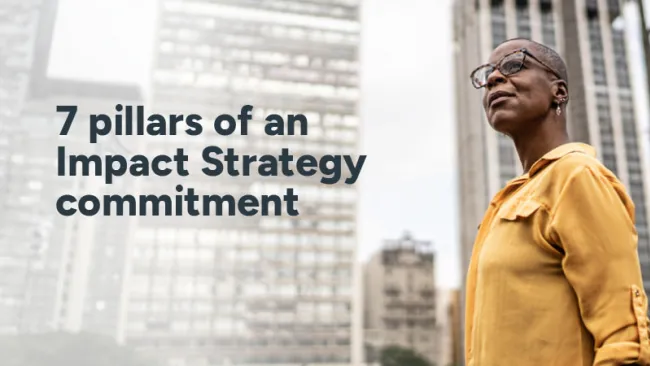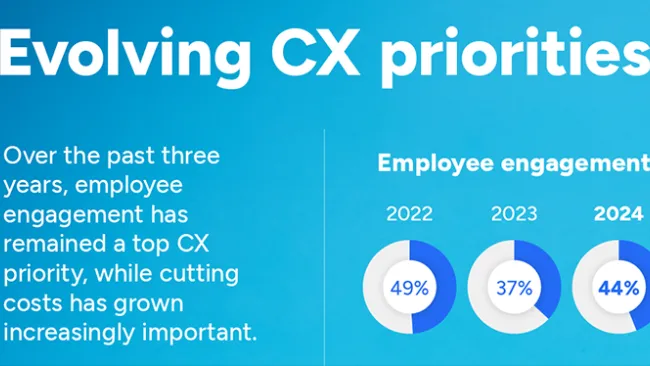It’s no secret that in the world of networked employees and flatter hierarchies, employee engagement is more important than ever.
And engagement requires appealing to a worker’s intrinsic motivations, such as autonomy, fulfillment, mastery, a sense of purpose, and a spirit of camaraderie at work. Employees who are truly engaged in their careers will bind together to achieve a common goal. And this social cohesiveness will motivate an individual to forego his or her own self interest when it’s necessary to further the group’s mission. But this poses a big problem for today’s leaders:
How do we encourage social cohesiveness within an increasingly dispersed and independently functioning organization?
In his excellent book on moral philosophy The Righteous Mind, Jonathan Haidt argues that social binding is one of the secrets of the human race’s extraordinary rise, and that some cultural attributes of human society, such as religion or patriotism, actually inspire people to be willing to sacrifice their very lives for the benefit of the larger group. Military exercises such as marching in step together work well for armies precisely because they trigger our “hiving” instinct.
Buried within Haidt’s book were some suggestions for how business leaders might trigger this group-protection instinct and generate “hivishness” among employees. The messier your org chart is, the more beneficial this advice might be. In Haidt’s words (from p. 276 of his book)
“The hive switch may be more of a slider switch than an on-off switch, and with a few institutional changes you can create environments that will nudge everyone’s sliders a bit closer to the hive position. For example:
• Increase similarity, not diversity. To make a human hive, you want to make everyone feel like a family. So don’t call attention to racial and ethnic differences; make them less relevant by ramping up similarity and celebrating the group’s shared values and common identity. A great deal of research in social psychology shows that people are warmer and more trusting toward people who look like them, dress like them, talk like them, or even just share their first name or birthday. There’s nothing special about race. You can make people care less about race by drowning race differences in a sea of similarities, shared goals, and mutual interdependencies.
• Exploit synchrony. People who move together are saying, “We are one, we are a team; just look how perfectly we are able to do that Tomasello shared-intention thing.” Japanese corporations such as Toyota begin their days with synchronous companywide exercises. Groups prepare for battle—in war and sports—with group chants and ritualized movements… If it’s too creepy to ask your employees or fellow group members to do synchronized calisthenics, perhaps you can just try to have more parties with dancing or karaoke. Synchrony builds trust.
• Create healthy competition among teams, not individuals. [S]oldiers don’t risk their lives for their country or for the army; they do so for their buddies in the same squad or platoon. Studies show that intergroup competition increases love of the in-group far more than it increases dislike of the out-group. Intergroup competitions, such as friendly rivalries between corporate divisions, or intramural sports competitions, should have a net positive effect on hivishness and social capital. But pitting individuals against each other in a competition for scarce resources (such as bonuses) will destroy hivishness, trust, and morale.”
If you’re a leader in a modern, information-intensive organization, it makes sense to focus time on boosting the spirit of camaraderie and shared purpose. In the long term, it may be the single most important factor in how your company adapts to threats and exploits new opportunities.



